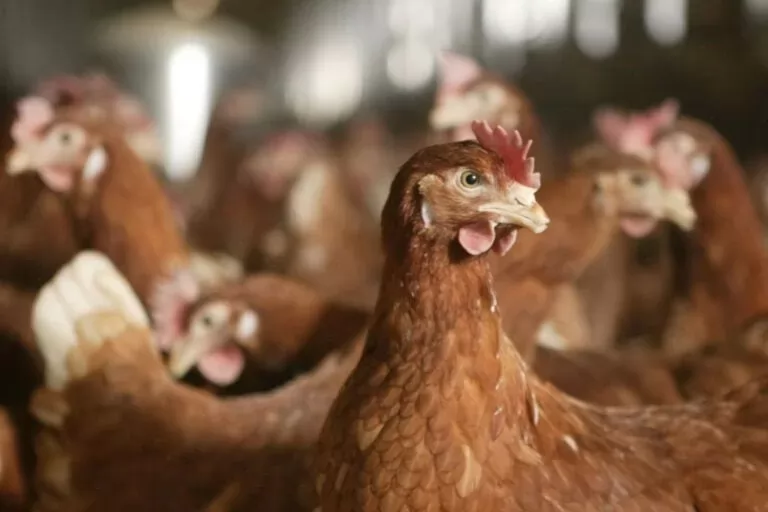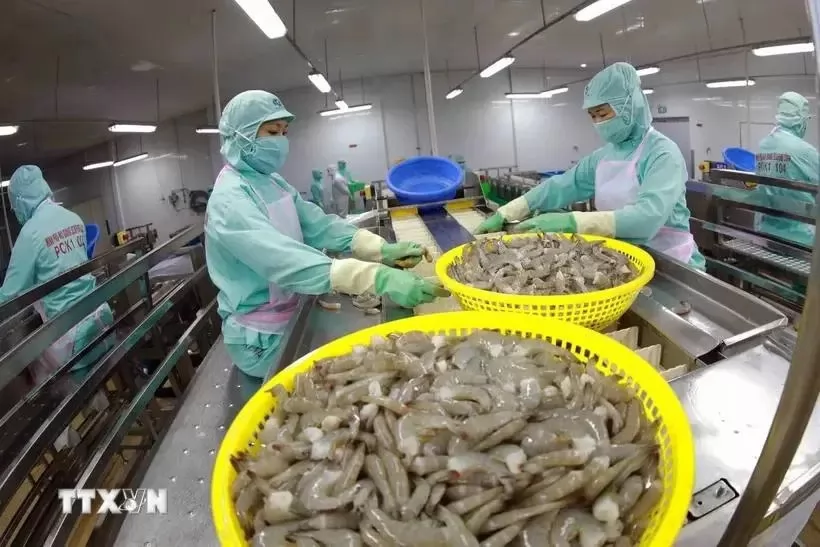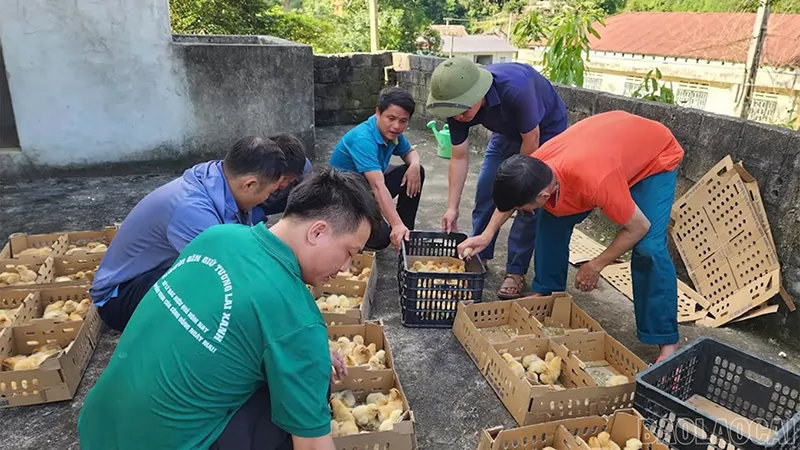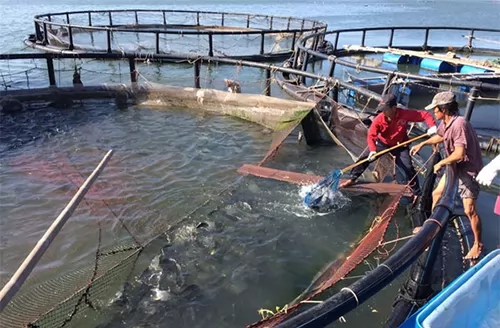Breeds better suited to cage-free production

In terms of production and egg quality, the Hy-Line Brown strain stood out. Photo: Michel Zoeter.
(VAN) Research has shown that Hy-Line brown hens may be better suited for cage-free production based on overall greater egg production and other quality metrics.
The study, published in the journal Poultry Science, carried out by the Department of Poultry Science at North Carolina State University, evaluated genetic strains in cage-free environments, as the US egg sector moves away from cage production.
Figures from last year show that cage-free eggs are becoming increasingly popular due to growing concerns about animal welfare and accounted for around 40% of eggs sold.
Transitioning strains that were selected for caged production may elicit challenges in their adaptation to alternative systems, so it cannot be assumed that egg production and quality parameters are comparable in various environments, the researchers said.
White birds are historically associated with caged production while brown strains typically occupy cage-free, pasture-raised or free-range systems.
Influence of genetic strain on egg production and quality
In the study, each strain was housed in a separate 10×4 foot (about 3×1.2 m) pen, equipped with a roost, a 3-rung ladder perch and 4 nesting boxes.
The study evaluated the influence of genetic strain on egg production and quality in a cage-free environment. Hy-Line W-36 White, H+N White, Hy-Line Brown and Bovan Brown laying hen strains were evaluated through a number of egg production and quality parameters through the entirety of a lay cycle (72 weeks).
To measure production, 18 eggs were randomly collected from each strain, sorted and separated into 3 groups to undergo analysis. The research examined characteristics such as shell strength, yolk colour and USDA grade standard.
Results
The study found H+N White hens were the lowest producing strain, demonstrated by producing the least number of eggs per hen, having the lowest hen-day egg production (p<0.0001), producing the fewest USDA grade A eggs (p=0.0023) and the most check eggs (p=0.0006).
Lead author Bhavisha Gulabrai said: “We think they probably had a more difficult time adjusting to the cage-free system. Visually and anecdotally, white strains are more flighty and our H+N White strain remained pretty flighty throughout the entire 72 weeks.”
However, the research found that Bovan Browns were the least efficient strain as this strain consumed the most feed and had the lowest overall feed conversation ratio (p<0.0001).
Overall, both white strains demonstrated poorer egg quality compared to brown strains. Hy-Line W-36 White hens had the lowest albumen height, Haugh unit-score, yolk colour and yolk weight (p<0.0001).
Better suited to cage-free production
In conclusion, the Hy-Line Brown hens may be better suited for cage-free production based on overall greater egg production and quality metrics compared to the other 3 strains.
The research demonstrates that genetic strain did influence cage-free laying hen performance.
Commenting on the results, Gulabrai said: “When we looked at production and egg quality, the Hy-Line Brown strain did better than the 3 other strains used in the study. They just had better egg production and better egg quality metrics compared to the 3 other strains,” she added.
H.D / (Poultryworld)
Maybe you are interested

Shrimp exports expected to hit 4 billion USD in 2024
With double-digit growth in key markets, Vietnam's shrimp exports are projected to rake in 4 billion USD in 2024, according to insiders.

Support chicken breeds for farmers in Nghia Do commune
On the afternoon of July 27, Tiem Anh chicken farm (Xuan Hoa commune - Lao Cai) organized the program "Livelihood Support for Members of the Farmers' Association of Nghia Do commune"...

Farmers use advanced techniques to breed fish in cages
VietNamNet Bridge – Farmers who breed marine fish in floating cages in Vung Tau City in the southern province of Ba Ria-Vung Tau are using new advanced farming techniques with good results.





